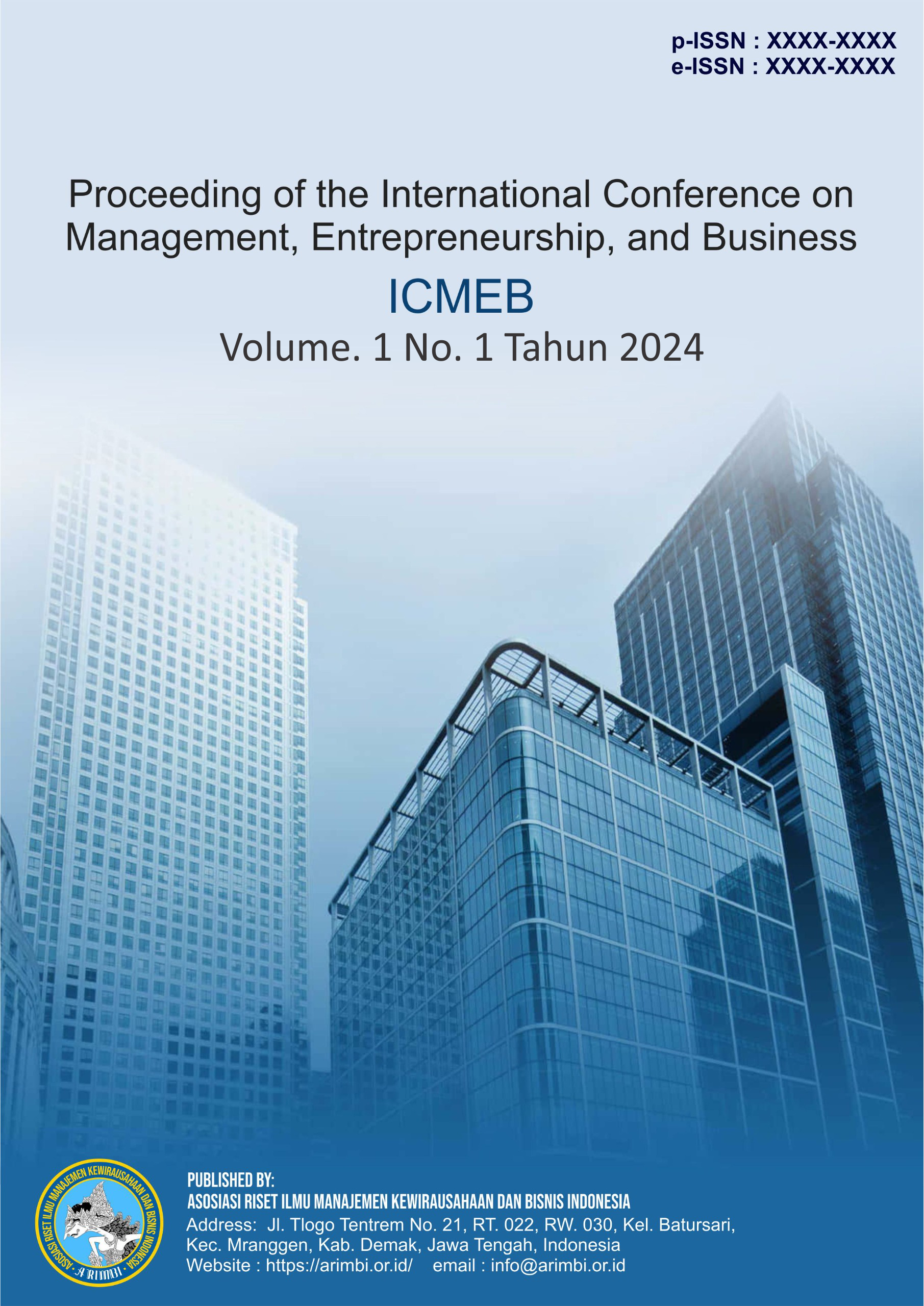Classification Methods in Sentiment Analysis of Customers Statisfaction as a Services Improvement Strategy
DOI:
https://doi.org/10.61132/icmeb.v1i1.74Keywords:
Sentiment Analysis, Confusion Matrix, Customer Satisfaction, AutomotiveAbstract
Customer satisfaction is a crucial indicator in assessing the quality of a company's products, services and overall experience. This research aims to identify the level of customer satisfaction and optimize the available data for effective use in sentiment analysis. In this study, we analyzed 4,353 customer reviews collected over the past year, with 3,481 reviews used as training data and 871 reviews as testing data. The analysis process was conducted using the Cross-Industry Standard Process for Data Mining (CRISP-DM) approach and leveraged the Logistic Regression algorithm to build a predictive model. Model evaluation using the confusion matrix yielded an accuracy of 94.60%, a precision of 94.26%, and a recall of 94.60%. The analysis was conducted using Jupyter Notebook and the Python programming language. The results indicate that sentiment analysis is effective in identifying and predicting customer satisfaction levels, which in turn can help a company’s products improve its service strategies. The optimization of previously underutilized data now provides deeper insights into customer perceptions and expectations, enabling the company to make more targeted decisions and enhance overall customer satisfaction.






